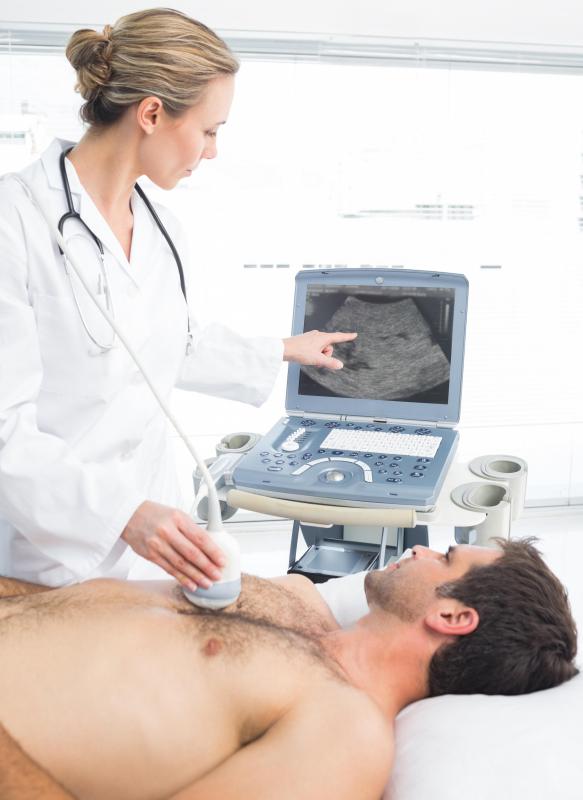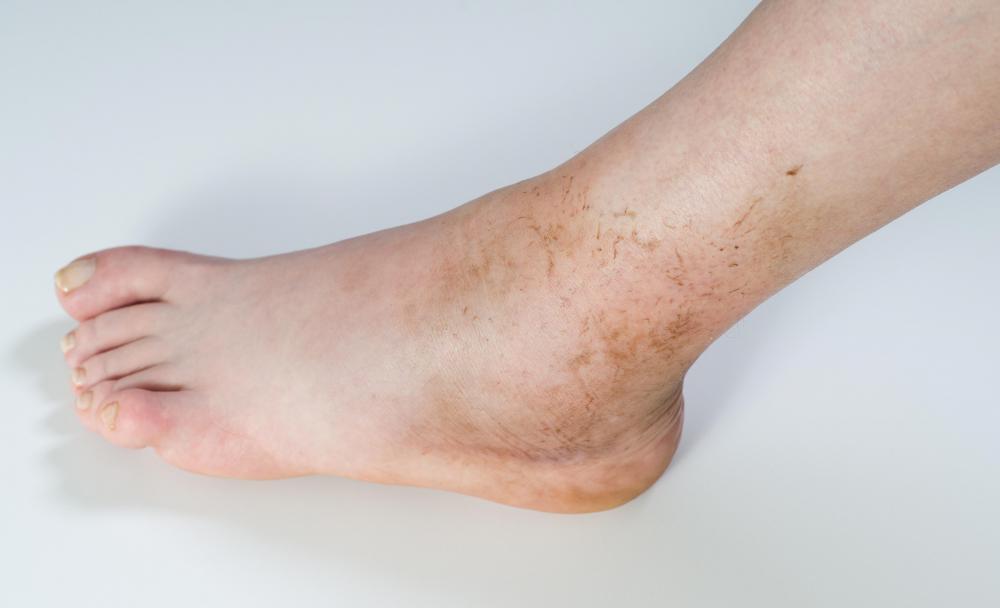At TheHealthBoard, we're committed to delivering accurate, trustworthy information. Our expert-authored content is rigorously fact-checked and sourced from credible authorities. Discover how we uphold the highest standards in providing you with reliable knowledge.
What is Aortic Valve Repair?
Aortic valve repair is the process by which the aortic valve is reshaped, reconstructed or partially replaced so that it can function properly. It is typically performed to treat aortic valve disease and regurgitation in particular, though on rare occasions, it can be used to treat stenosis. The surgery is safer and less invasive than the more common aortic valve replacement procedure.
Regurgitation, also known as aortic insufficiency, is a condition where blood moves in the wrong direction due to leaking from the aortic valve. Some of its most common causes are aortic dissection, systemic hypertension, reactive or syphilitic arthritis and aging. It is the most common reason for aortic valve repair surgery, though if the condition is mild or not symptomatic, it may be treated medically.

There are two kinds of aortic valve surgery: aortic valve replacement and aortic valve repair. Most candidates for aortic valve repair are young and likely to live longer than the tissue from a valve replacement would last. By using this option, most patients are also able to avoid the necessity of oral anticoagulation therapy after the surgery.
Aortic valve repair surgery will address one or a combination of the following: tears and holes in the valve, an enlarged valve or bicuspid aortic valve repair. Using tissue to fix open spaces in the valve such as tears or holes is a less invasive procedure than replacing the entire valve. An aneurysm or enlarged valve may require replacement of this portion of the valve. A leaky aortic valve can also be addressed during this part of the procedure. Bicuspid aortic valve repair involves reshaping the valve so that it can function more efficiently.

Many patients will not show symptoms of aortic valve disease, even when the condition has become more advanced. When they do present themselves, the early signs often include heart palpitations, swollen ankles and fatigue or loss of energy. As the disease advances, more severe symptoms such as chest pain, shortness of breath and loss of consciousness might appear.

A doctor can diagnose aortic valve disease with a combination of physical and diagnostic tests. The first step is usually to listen to the heart to determine if there are any abnormalities in rhythm, such as a heart murmur. An ultrasound of the heart known as echocardiogram may also be conducted. Some doctors may also choose to do a procedure where a probe is threaded down to the esophagus called transesophageal echocardiogram in order to get a better view of the valve.
AS FEATURED ON:
AS FEATURED ON:















Discuss this Article
Post your comments